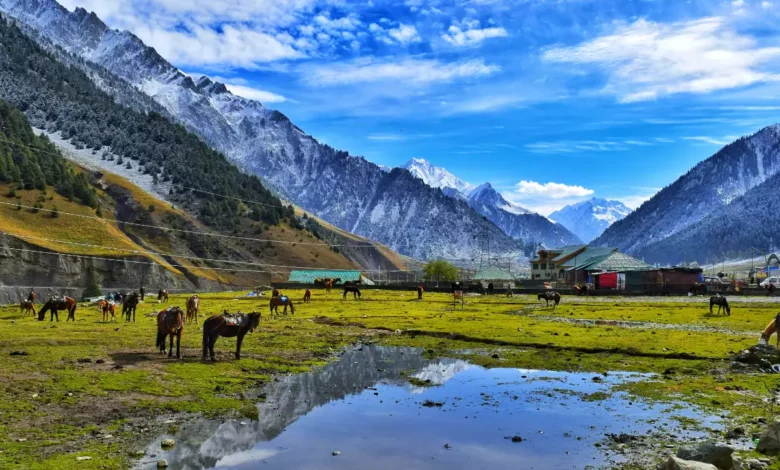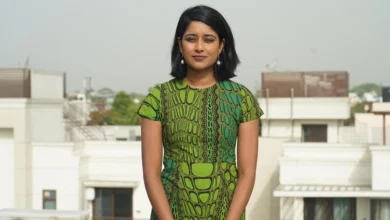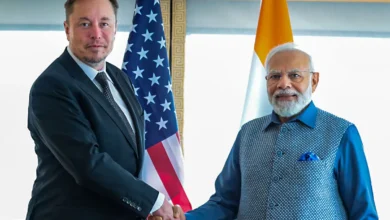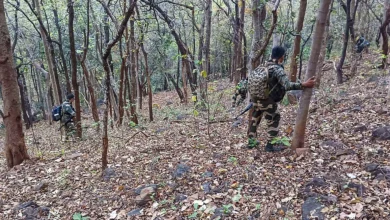Supreme Court requests a timeline from the Centre for re-establishing J&K State
The Central government on Tuesday informed the Supreme Court that "Union Territory is not a permanent feature".

On Tuesday, the Supreme Court asked the government for a timeline and a plan for restoring Jammu and Kashmir’s statehood, which is currently divided into two Union Territories.
A group of petitions disputing the cancellation of Article 370, which provided the former state of Jammu and Kashmir exceptional powers, are being heard by a bench presided over by Chief Justice of India (CJI) DY Chandrachud. In 2019, the former state was split into two Union Territories.
The speech was given on the floor of the house in Parliament, according to Solicitor General Tushar Mehta, who is defending the government of India in the lawsuit.
When he noted that attempts were being undertaken to restore J&K’s statehood once things were back to normal, the supreme court responded, “Restoration of democracy is important.”
The Centre’s attorney general, Tushar Mehta, told the court during the hearing that the division of Jammu and Kashmir into the UTs of Jammu and Kashmir and Ladakh was merely a short-term solution. He asserted that Ladakh would continue to be a Union Territory even though Jammu and Kashmir would one day be restored as a state.
Additionally, he stated that following a meeting at the highest level on August 31, he will be able to issue a “positive declaration.”
The bench noted Mehta’s justifications and said, “How temporary is this? When will there be elections in Jammu & Kashmir?” “Is there a roadmap? You have to show us that. You have to make a statement before us to show how can you convert a state into a UT and how long will this continue. Restoration of democracy is important,” the bench further added.
Mehta said that the first election following the repeal of Article 370 was held for the District Development Council (DDC) in Jammu & Kashmir in 2020. Mehta emphasised the situation in Jammu and Kashmir before and after Article 370 was repealed, claiming there were attacks that frequently forced banks and educational institutions to close.
Even before the Indian constitution was written, J&K was a state within India.
Article 370 was added to the Indian Constitution on January 26, 1950, when India adopted its current constitution and became a republic. J&K was a state of India prior to this.
Thus, there would be no effect on India’s international borders if Article 370 or even the entire Indian Constitution were repealed.
J&K’s statehood is not stated to be reliant on article 370 in the state’s constitution. The Indian Constitution doesn’t state that either, so the blurry line between Article 370 and statehood of Jammu & Kashmir isn’t so blur after all and should not be confused.
With Article 370 repealed, J&K becomes, at least temporarily, a part of India. Without any influence, whatever plans are made for assessing public sentiment in J&K will be realistic. The people of POK will realise their security, independence, and ease if India is successful in the process and if J&K is upgraded in all aspects in the same level with other Indian states. They would then become interested in voting in favour of India in a referendum if required by any international agreement. It is clear that the majority of the population supports the statehood, if not full expansion of J&K, and the referendum on this matter will be fair. : Cauvery Water Dispute: Supreme Court faces backlash for refusal to interfere



